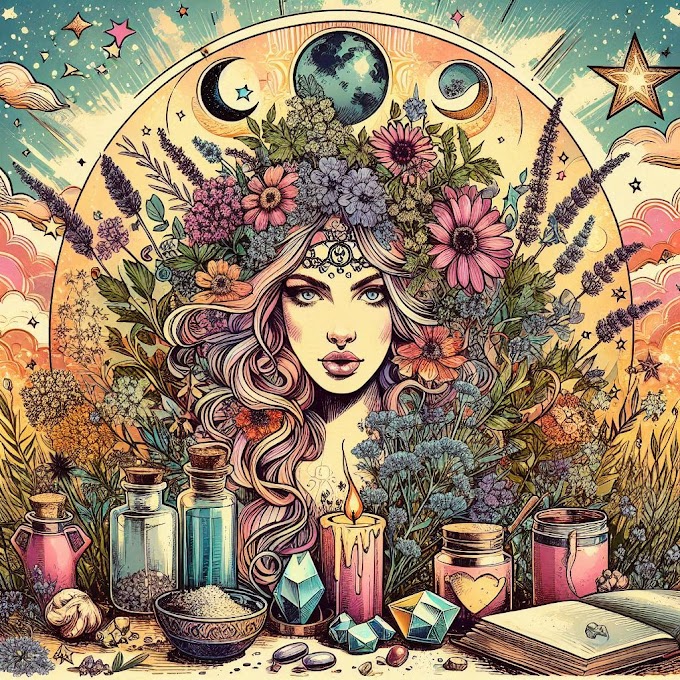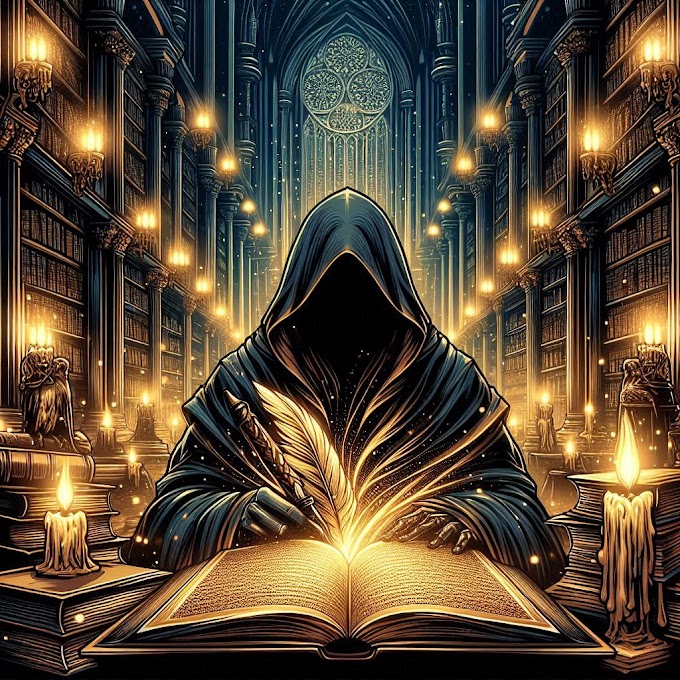
Dia de los Muertos: Roots and History
Hold onto your sombreros, amigos, because we’re about to dive deep into a tradition that’s been alive for centuries - a dazzling, heartfelt celebration where life and death dance together in vibrant harmony. Dia de los Muertos, or the Day of the Dead, is far more than a holiday; it’s a living tapestry of memory, art, music, and love that honors the souls of those who have passed while celebrating the beauty of life itself.
1. The Roots of Remembrance
Long before marigolds and sugar skulls, the origins of Dia de los Muertos stretch back thousands of years to the indigenous peoples of Mesoamerica, including the Aztec, Maya, and other pre-Columbian civilizations. These cultures revered death not as an ending, but as a continuation of the soul’s journey. Ancestors were considered active members of the community, and ceremonies in their honor ensured that their presence remained woven into the fabric of daily life.
When Spanish colonizers arrived in the 16th century, Catholic influences merged with these indigenous practices, creating the modern Dia de los Muertos, timed around All Saints’ Day and All Souls’ Day (November 1st and 2nd). This unique blending of belief systems gave birth to a holiday that is at once sacred, celebratory, and profoundly human.
2. Ofrendas: Altars of Memory and Love
At the center of Dia de los Muertos stands the ofrenda, an altar built with care and devotion in homes and cemeteries alike. Each ofrenda tells a story through layers of symbolism: candles light the path for returning spirits, marigolds guide them with their golden glow, and photographs, favorite foods, drinks, and personal treasures honor their tastes and passions.
Creating an ofrenda is a deeply personal act. It’s not just decoration; it is a conversation with the past. Families spend hours - sometimes days - arranging each item, writing heartfelt notes, and decorating with colorful papel picado (cut paper banners), all to invite loved ones to join the living for a brief, magical reunion.
3. Sugar Skulls: Sweet Symbols of Mortality
Few symbols capture the spirit of Dia de los Muertos like the sugar skull, or calavera de azúcar. These sweet, brightly decorated creations are both playful and profound, reminding us that life is fleeting and precious. Traditionally handcrafted by artisans using sugar, egg whites, and colorful icing, sugar skulls often bear the names of the departed, turning candy into a form of storytelling and remembrance.
Beyond the sweets, skull imagery extends to masks, figurines, and even street art, blending artistry with symbolism in a way that is uniquely Mexican. They’re a bold statement: death may come for us all, but it can be met with humor, creativity, and love.
4. Marigolds: The Flowers of the Sun
Marigolds, or cempasúchil, are called the flowers of the sun for a reason. Their blazing orange and golden petals are believed to attract souls to the altars and guide them safely back to the world of the living. Often strewn in intricate patterns on graves or woven into elaborate garlands, these blooms fill homes, streets, and cemeteries with a warm, fragrant glow.
The tradition of using marigolds stretches back to pre-Columbian times, when Aztecs saw the flower as a symbol of life, death, and rebirth. Today, their presence continues to bridge the gap between the seen and unseen, a living thread connecting generations.
5. Culinary Traditions: Food for the Soul
Food plays an essential role in Dia de los Muertos, nourishing both the living and the visiting spirits. Pan de Muerto, a sweet bread shaped like bones and dusted with sugar, is a staple, often accompanied by hot chocolate or atole. Families also prepare the favorite dishes of their departed loved ones, from tamales to mole, filling the air with familiar aromas that awaken memory.
Even the act of sharing these meals is symbolic: it is a celebration of life, a gesture of hospitality, and a reminder that love persists even beyond death.
6. Parades and Pageantry: Life in Full Color
In towns and cities across Mexico, Dia de los Muertos bursts into life with parades, dances, and vibrant performances. Mexico City and Oaxaca, in particular, host breathtaking processions where participants don elaborate costumes, paint their faces with intricate skull designs, and celebrate with music and fire.
These public festivities are as much about community as they are about honoring the dead. They transform streets into theaters of memory, where culture, artistry, and storytelling intertwine, and the living celebrate alongside the spirits they cherish.
7. Remembering, Storytelling, and Connection
At its core, Dia de los Muertos is about connection. Families gather to share stories, recount funny anecdotes, and pass down traditions from one generation to the next. It is a reminder that our loved ones, though absent physically, remain present in memory, in laughter, in tears, and in the wisdom we carry forward.
Every candle lit, every flower laid, and every sugar skull created is a testament to the enduring power of memory and the beauty of honoring life’s cyclical nature.
8. A Celebration of Life in All Its Glory
Dia de los Muertos teaches us that death is not a shadow to fear but a mirror reflecting life’s vibrancy. It’s a time to celebrate what has been, what remains, and what will continue. It is joyful, poignant, colorful, and profoundly human - a reminder that the love we carry for others transcends time.
So, amigos, prepare to dance, paint, eat, and remember. Dia de los Muertos is more than a holiday - it’s a living celebration of life, love, and legacy, a fiesta that honors the eternal thread connecting the past, present, and future. ¡Viva la vida! 💀🌼🎉
















.jpg)

.jpg)













